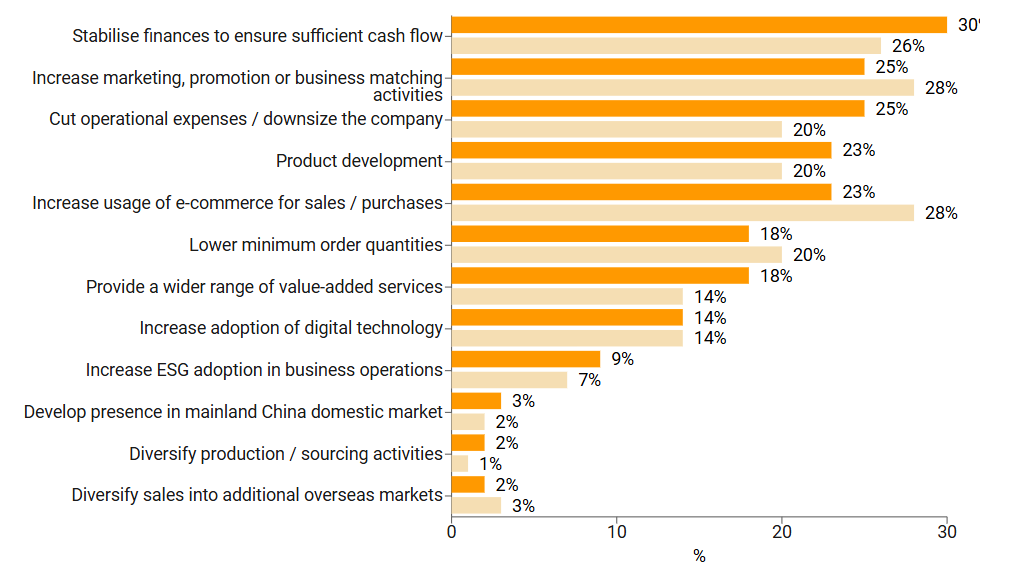China Announces Targeted Fiscal Measures to Boost Economic Stability
China is preparing to roll out a comprehensive package of targeted fiscal policy measures to strengthen its economic stability, according to Finance Minister Lan Fo'an. Speaking at a press conference on October 12, Lan outlined key components of the plan, aimed at addressing local government debt, stabilizing the real estate market, and enhancing financial support for key sectors.
At the heart of the package is a significant increase in the debt ceiling, enabling local governments to replace existing hidden debts and mitigate risks associated with debt accumulation. This one-time increase, part of broader counter-cyclical adjustments, is designed to provide local authorities with more fiscal space to promote economic development and ensure social stability.
Lan emphasized that China has ample room for further fiscal maneuvering, pointing out that the central government still has significant capacity to issue new debt and expand the deficit. This flexibility will be crucial in bolstering economic growth and preventing financial imbalances.
In a move to stabilize the property market, the Ministry of Finance plans to deploy a variety of fiscal tools, including the use of special-purpose bonds, tax incentives, and specific funding mechanisms. These measures are aimed at halting the downturn in the real estate sector, a critical component of China's economy.
Another significant policy initiative involves the issuance of special treasury bonds to support state-owned commercial banks. The funds will be used to replenish core tier-1 capital, enhancing the banks' ability to manage risk and increase lending to the real economy. This move is expected to reinforce financial stability and improve access to credit for businesses across the country.
The upcoming fiscal measures also include targeted support for key demographic groups, with plans to increase financial aid for low-income households and students. These initiatives, along with a recent one-time living allowance disbursed before the National Day holiday, are designed to boost consumer confidence and strengthen domestic demand.
In response to questions about the size and scope of the stimulus, Lan highlighted that the government is still exploring additional policy tools beyond those currently in the decision-making process. This includes the possibility of further debt issuance and deficit expansion, indicating that China is prepared to take bold steps to safeguard its economic resilience.
Economists have speculated on the potential scale of these fiscal interventions, with estimates ranging from 10 trillion to 14 trillion yuan in stimulus measures. This would be a substantial increase compared to the 4 trillion yuan package implemented during the 2008 financial crisis, adjusted for current monetary values.
Further insights were provided by Liao Min, Vice Minister of Finance, who noted the government’s consideration of additional measures to stabilize the real estate market, including the use of special-purpose bonds for land reserves. Liao also mentioned plans to address the issue of unsold housing by allowing local governments to acquire excess inventory for conversion into affordable housing.
These fiscal initiatives are expected to play a pivotal role in supporting China's ongoing recovery from recent economic challenges, while also addressing long-term structural issues such as local government debt, housing market volatility, and the need for increased social welfare spending.
China's proactive fiscal approach, combined with its vast economic potential and financial resilience, positions the country to navigate a complex global economic landscape while continuing to promote high-quality growth. As Lan reassured, the government remains confident in meeting its budgetary goals for the year, despite unforeseen challenges in public revenue growth.






















































First, please LoginComment After ~